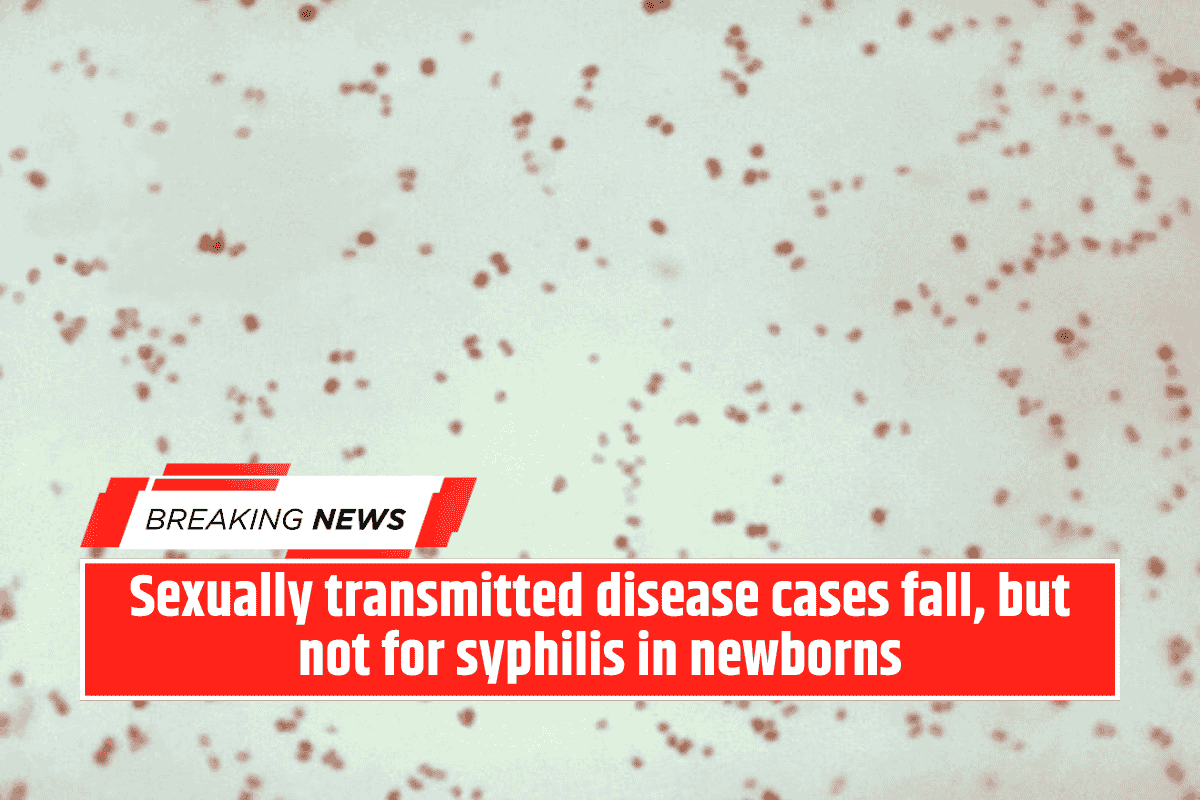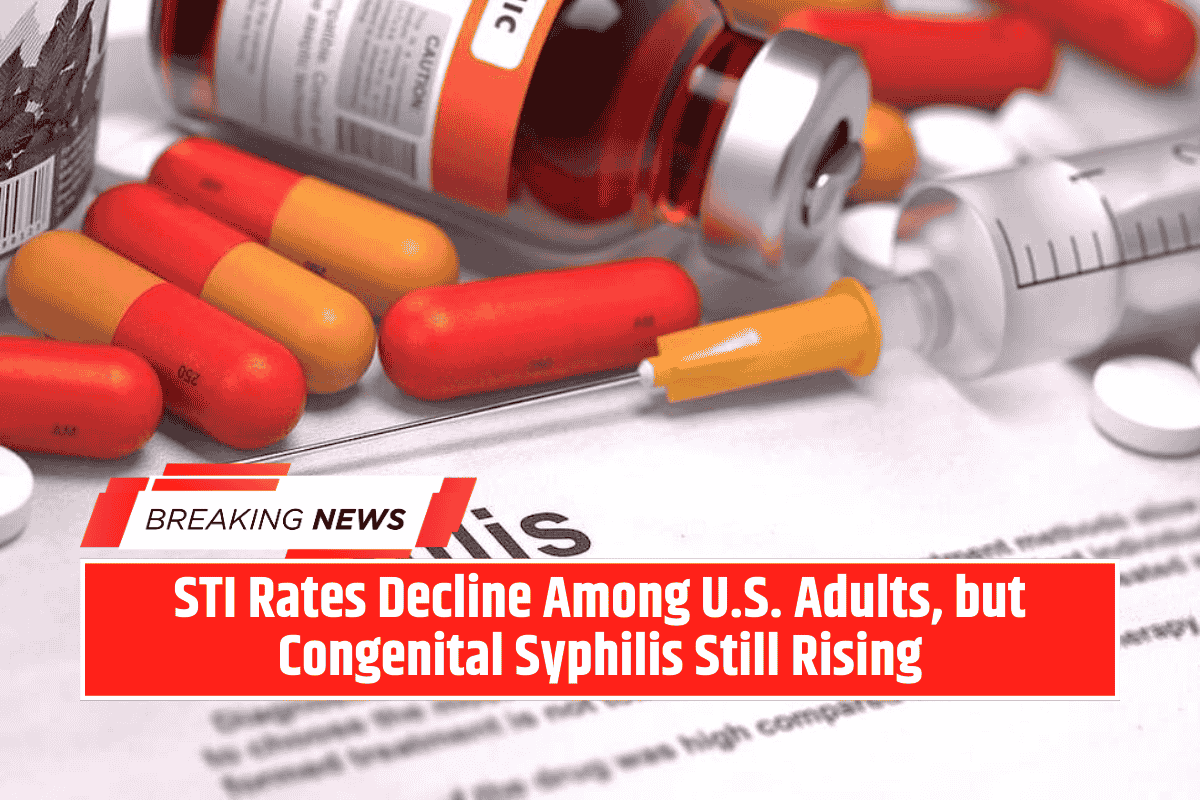New provisional data from the Centers for Disease Control and Prevention (CDC) shows that rates of sexually transmitted diseases (STDs) among U.S. adults fell again in 2024.
This marks the third consecutive year of declining gonorrhea cases and the second year in a row for decreases in adult cases of chlamydia and the most infectious stages of syphilis.
In total, more than 2.2 million cases of chlamydia, gonorrhea, and syphilis were diagnosed and reported last year — a 9% drop from 2023. Specifically:
- 1.5 million cases of chlamydia
- 543,000 cases of gonorrhea
- 190,000 cases of syphilis
The steepest decline was in primary and secondary syphilis, which fell 22%. Experts credit this largely to the increasing use of the antibiotic doxycycline as a preventive measure, especially among gay and bisexual men and transgender women.
Continued Rise in Congenital Syphilis
Despite overall progress, congenital syphilis — when an infected mother passes the disease to her baby — continues to climb. These infections can cause severe complications including deafness, blindness, malformed bones, or even death.
Cases have been rising steadily since 2012, when there were about 300 reported cases. In 2024, nearly 4,000 newborn cases were recorded, a less dramatic increase than in prior years (up less than 2% from 2023), but still concerning.
Elizabeth Finley, interim executive director of the National Coalition of STD Directors, called the trend “a distressing indication that we are not doing enough to protect pregnant women and newborns.”
Possible Explanations
Experts say the broader drop in adult STD cases may be partly due to fewer young people having new sexual partners. However, the continued rise in congenital syphilis highlights gaps in prenatal care. A recent CDC study found that only 80% of pregnant women are screened for syphilis during pregnancy — leaving thousands at risk.









